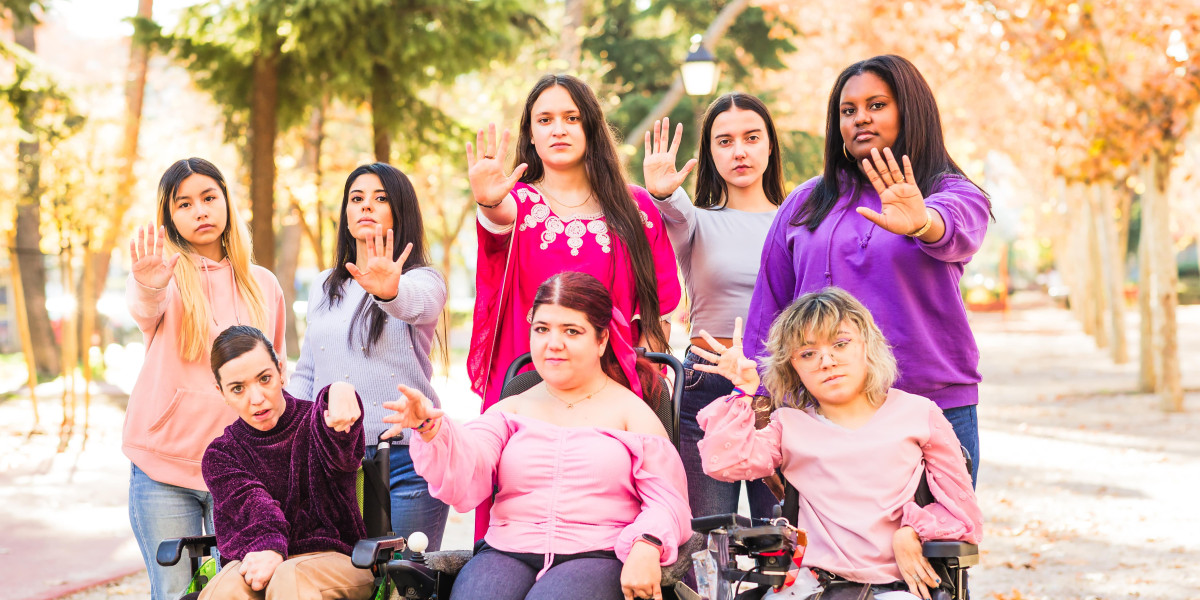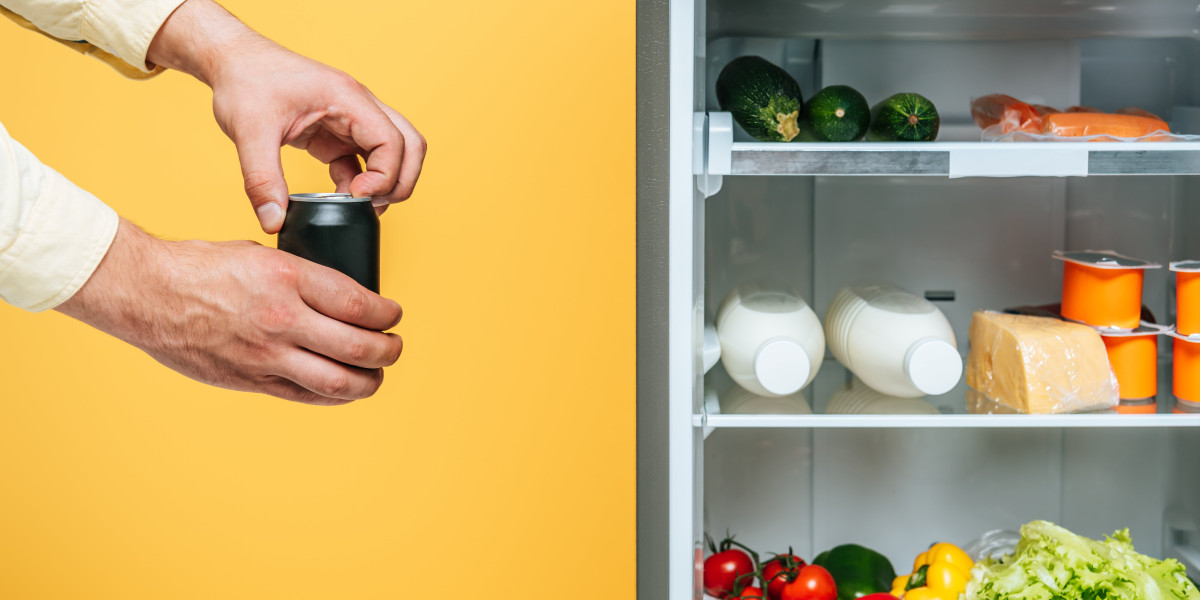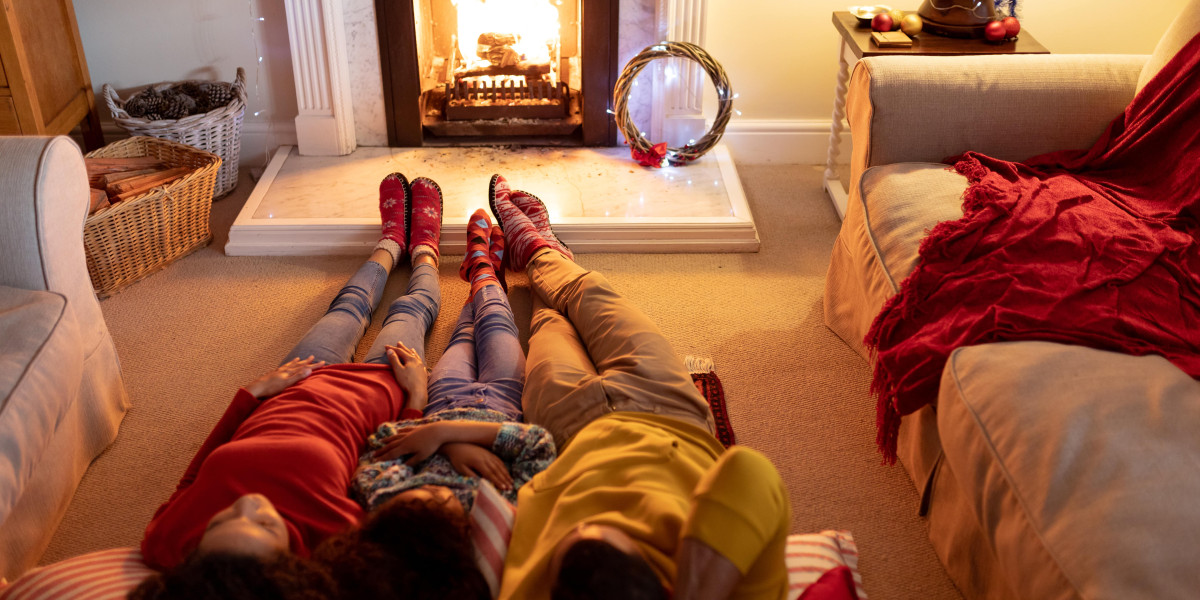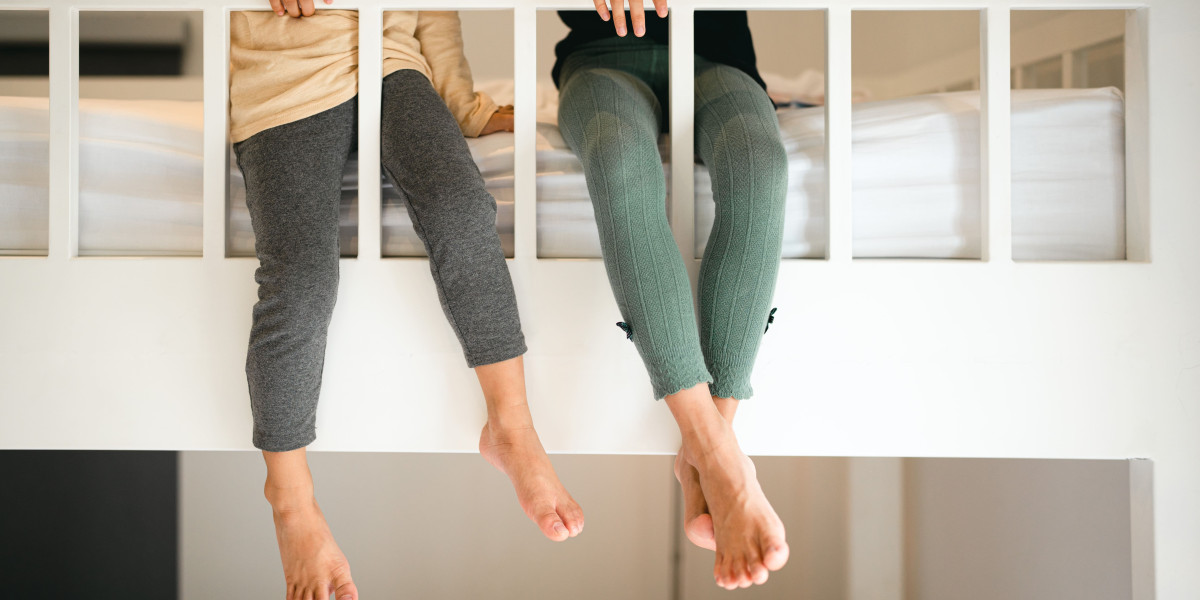In a saturated fashion industry where style often overshadows substance, Madhappy has emerged not just as a clothing brand, but as a voice for mental health, optimism, and cultural change. While its sweatshirts and hats might first catch your eye, it’s the deeper purpose behind the brand that truly resonates. Madhappy is not just selling clothes—it’s telling a story, building community, and reshaping the dialogue around mental well-being.
The Birth of a Mission-Driven Brand
Founded in 2017 in Los Angeles by Peiman Raf and his brother Noah Raf, alongside friends Mason Spector and Joshua Sitt, Madhappy began with a simple but profound goal: to create a brand that uplifted people. At a time when streetwear was reaching peak saturation and many brands were vying for attention through hype, exclusivity, and limited drops, Madhappy chose a different route. Instead of perpetuating scarcity and competition, it emphasized inclusion and community.
What made Madhappy stand out from day one wasn’t just its pastel colorways or clean silhouettes. It was the brand’s DNA—its mission. Right from the start, Madhappy intertwined the concept of mental health into its narrative, choosing to focus on the highs and lows of the human experience. The name itself is a paradox, reflecting the complexity of modern emotions. Life is never just happy or sad—it’s both, often at the same time.
Design That Speaks Louder Than Logos
From a design perspective, Madhappy quickly developed an aesthetic that was instantly recognizable yet understated. The use of soft, washed pastels, vintage-inspired typography, and playful graphics gave the brand a visual identity that stood apart from more aggressive streetwear staples. But more importantly, each piece was often accompanied by subtle messaging—phrases like “Local Optimist,” “Mind On Overdrive,” or “Everything Is Temporary.” These weren’t slogans for hype; they were reminders, affirmations, and invitations for introspection.
The brand’s flagship products—hoodies, sweatpants, crewnecks—carry a certain weight. They aren’t just garments; they’re conversation starters. Wear a Madhappy hoodie, and chances are someone will ask what it means, how you discovered it, or if it helped you during a rough patch. That’s the beauty of it. The brand exists at the intersection of fashion and feeling.
Mental Health: More Than Just a Buzzword
What sets Madhappy apart from most fashion brands is how deeply it commits to its mental health mission. This isn’t a case of corporate virtue signaling or performative activism. Madhappy has built an entire framework around mental wellness. In 2019, the brand launched The Madhappy Foundation, a non-profit initiative dedicated to improving mental health awareness and support. Through partnerships with universities, health organizations, and local communities, the Foundation funds research, supports access to care, and promotes education on emotional well-being.
One of Madhappy’s most impactful campaigns was its collaboration with the JED Foundation, a non-profit that works to protect emotional health and prevent suicide among teens and young adults. This partnership helped bridge the gap between fashion and real-world impact. It showed that a brand can be cool and conscious at the same time.
Madhappy also frequently uses its platform to publish The Local Optimist, a digital journal filled with interviews, stories, and resources on topics ranging from anxiety and depression to creativity and personal growth. This content is not just promotional—it’s educational and heartfelt. By fostering open conversations about mental health, Madhappy is changing how young people relate to their emotional lives.
Celebrity Co-Signs and Cultural Credibility
Despite its lofty ideals, Madhappy Hoodie hasn’t ignored the cultural mechanics of success. The brand has mastered the art of organic growth, with celebrities and influencers donning its apparel not out of contract, but out of genuine affinity. Figures like LeBron James, Gigi Hadid, Kid Cudi, and Pharrell Williams have been spotted in Madhappy gear, giving the brand both style credibility and mainstream visibility.
But it’s worth noting that these celebrity moments rarely feel forced. Madhappy doesn’t rely on overt endorsements or flashy collaborations to stay relevant. Instead, it has created a gravitational pull—a brand people want to be associated with because of what it represents, not just how it looks. In a world where clout often trumps character, Madhappy manages to strike a rare balance between cultural cachet and authentic intention.
Retail Spaces That Reflect Community
Madhappy’s approach to retail has also played a major role in its rise. Instead of chasing permanent storefronts or chasing traditional mall placements, Madhappy has leaned heavily into pop-ups. But these aren’t your average retail activations. Each Madhappy pop-up feels more like an immersive experience or community event than a shopping trip.
From New York to Aspen to Tokyo, the brand has hosted pop-ups that include guided meditations, mental health panels, and creative workshops. The aim is simple: to use physical space as a tool for connection. In a time when e-commerce dominates and in-person retail can feel transactional, Madhappy has revived the idea of the store as a sanctuary—a place where people can come together, not just to shop, but to share and heal.
Collaborations That Transcend Fashion
Madhappy has been smart and selective with its collaborations. While many brands chase hype partnerships for attention, Madhappy focuses on alignment. One standout was its limited capsule with Columbia Sportswear. The collection fused Columbia’s outdoor functionality with Madhappy’s optimistic flair, resulting in products that looked good, performed well, and supported mental health initiatives through the Foundation.
Other collaborations have included work with Vans, Pixar (for Inside Out), the Los Angeles Lakers, and more. Each partnership is designed to reflect Madhappy’s core values: optimism, authenticity, and emotional awareness. These aren’t just brand mash-ups—they’re cultural bridges.
A New Kind of Streetwear
Traditionally, streetwear has thrived on exclusivity, rebellion, and hype. But Madhappy is part of a new generation of labels that are rewriting those rules. It’s inclusive rather than exclusionary. It invites vulnerability rather than celebrating toughness. It cares less about selling out drops and more about selling a vision.
This doesn’t mean Madhappy ignores quality or design—it just means those things aren’t the entire story. At its best, fashion is about expression. Madhappy elevates that idea by allowing people to express not just their taste, but their state of mind.
In doing so, it’s helping redefine what streetwear can be in the 2020s. Less about ego, more about empathy. Less about flexing, more about feeling.
Global Reach, Local Heart
Even as Madhappy expands globally, it has maintained a local-first mindset. The brand’s frequent use of the phrase “Local Optimist” is more than branding—it’s a philosophy. Whether it’s a limited drop in a small town or a mental health initiative in a major city, Madhappy remains grounded in community.
Their approach to global growth is also smart and sustainable. Instead of flooding markets with product, they continue to use storytelling and purpose as their North Star. As a result, the brand feels just as relevant in Berlin or Seoul as it does in LA.
The Future of Fashion with Purpose
As Madhappy enters its next chapter, the question is no longer whether it will last—it’s what it will become. The brand has already proven it can transcend fashion. The real opportunity lies in how it can continue to shape culture.
We could see Madhappy expand further into media, publishing, wellness, or even tech. With its strong brand identity and loyal community, the possibilities are endless. But no matter where it goes, its mission will likely remain the same: to promote optimism and mental health, one hoodie at a time.
Why Madhappy Matters Now More Than Ever
In a world grappling with anxiety, burnout, and disconnection, a brand like Madhappy Tracksuit feels less like a luxury and more like a necessity. It meets people where they are—tired, overwhelmed, searching for something real—and offers a soft, colorful hand to hold. Its clothing isn’t just about looking good; it’s about feeling understood.
That’s what makes Madhappy revolutionary. In an industry driven by trends, it offers timeless truths. In a culture obsessed with performance, it celebrates vulnerability. And in a society that often tells us to be silent about our struggles, it encourages us to speak up and seek help.




